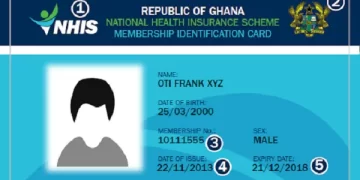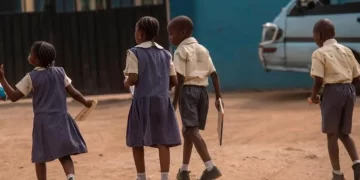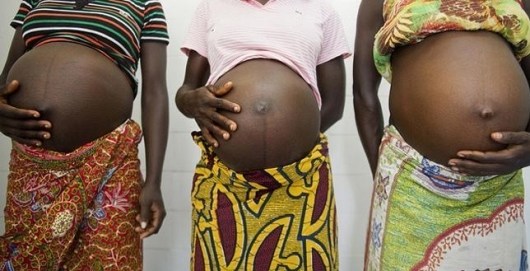Education and the wealth status of households have been found to be the drivers of teenage pregnancy in Ghana.
In the 2022 Ghana Demographic and Health Survey conducted by the Ghana Statistical Service, teenagers with no education who became pregnant were found to have a rate of 24.3 percent while those with secondary education or more had 12.5 percent.
In Ghana’s Health Sector Development Plan, the target for teenage pregnancy is 12.0 percent but at the national level, the 2022 Ghana Demographic and Health Survey recorded 15.2 percent.
According to Ghana’s Government Statistician, Professor Samuel Kobina Annim, what is of more concern is the extent to which the country is off the national target at the regional level.
Twelve regions according to the 2022 Ghana Demographic and Health Survey recorded rates above the national target of 12.0 percent.
These regions included the Central, Western, Western North, Ahafo, and Eastern Regions as well as the Upper West, Northern, North East, Savannah, Oti, Bono East, and Ashanti Regions.
Prof Annim notes that six of these regions namely Western North, Savannah, North East, Oti, Bono East, and the Ashanti Regions are deeply off the national target.
Presenting the key indicators Report of the 2022 Ghana Demographic and Health Survey at Ghana’s 2023 Health Sector Annual Summit, the Government Statistician thus indicated that there is the need to reflect on these outcomes if Ghana wants to achieve the country’s national target on teenage pregnancy.
“This is the kind of reflection that we need to have if we really want to achieve our national target. The difference between the region with the highest teenage pregnancy and the lowest is from 25.9-26.0.”
Speaking on the main drivers of teenage pregnancy as found by the 2022 Ghana Demographic and Health Survey, Samuel Kobina Annim indicated there are significant differences between teenagers with no education having a rate of about 24.3%, and those with secondary or more having 12.5% as those being pregnant.
The difference he points out is about twice those with no education relative to those with at least secondary education.
Also on the wealth status, he revealed that teenagers in the lowest quintile of wealth have a rate of about 23.1% relative to about 5.7%, indicating about a three times difference between teenagers that find themselves in the lowest quintile from a wealth perspective and those that find themselves in the highest wealth quintile.
To him, this is the area that is mostly left to the academics to do, but adds that “we’re now hoping that within the policy space, we can look at the drivers of this.”
ICYMI: Ivory Coast to implement closed season as Ghana does –Hawa Koomson
Source: Rosemond Asmah/ATLFMNEWS



























